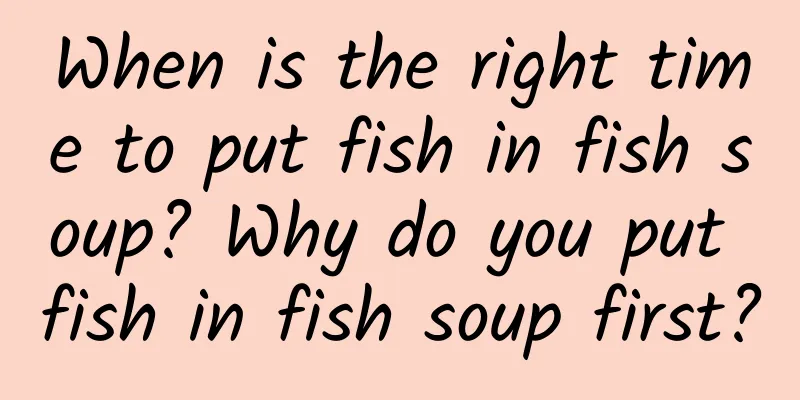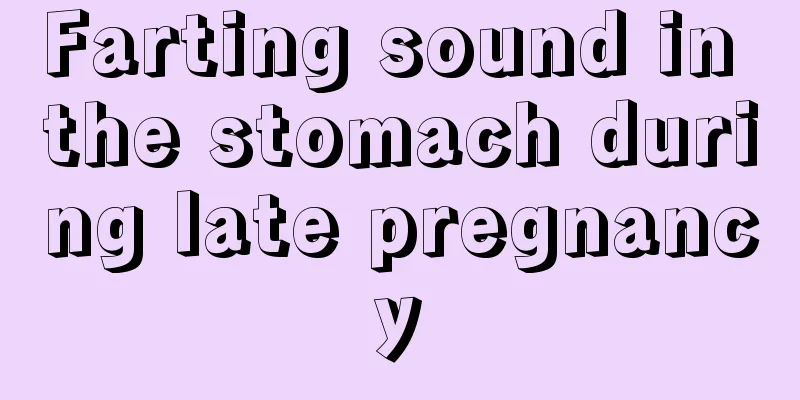What if wheat does not sprout after one month of planting? What should I do if I cannot see any wheat seedlings?

|
It is abnormal that wheat has not sprouted after one month of planting, which means there is a big problem. We know that if the seeds are sown at the right time and everything is normal, wheat will sprout in about seven to ten days. Even if the seeds are sown late and the temperature is low, the seeds should sprout in about twenty days. Since the problem has already occurred, timely and effective measures should be taken to find out the cause and remedy it to avoid wasting land and causing greater losses. What happens if wheat does not sprout after one month?1. Due to seed problems, your wheat seeds may be moldy and deteriorate, with a low germination rate. In this case, they must be re-sown. 2. The soil moisture is poor and the geological conditions are dry during sowing, which affects germination. In this case, there is no need to sow again, and just wait for the next rain to come. 3. The seeds are sown too deep. In this case, you need to see what the seedling rate is. Generally, you can just wait and there is no need to sow again. 4. The seeding rate is too low. In this case, you can sow more. 5. If there is too much straw returned to the field, there is no need to sow again. You can use the compaction method to compact the land. What to do if you can't see wheat seedlingsFirst, if the wheat seeds never germinate in the soil due to drought and little rain after winter wheat is sown, if the soil moisture is suitable and the seeds can continue to germinate and emerge from the soil, timely measures should be taken to water the seeds to promote germination and emergence of the seeds, and replanting is not necessary. Second, if the soil moisture is unstable, the water supply is insufficient after the seeds germinate, and the wheat seeds become moldy or become a bag of water, or the seeds germinate but the malt turns yellow and dries due to lack of water. In this case, the wheat seeds can no longer germinate and grow, and they have to be sown again. Third, if there is too much straw in the soil due to returning straw to the field, coupled with poor soil moisture, the soil is too loose, resulting in poor contact between the seeds and the soil, affecting germination, or if the sowing is too deep, the depth exceeds 6 cm, and the seeds are difficult to unearth. Since it has been a long time, it is better to water and re-sow for safety reasons. Fourth, it should be noted that it is already late since the beginning of winter. If you want to replant or reseed now, you should choose semi-spring wheat seeds and strengthen water and fertilizer management to get a better harvest. In addition, if the local area is a high-altitude cold area with low temperatures, it is not suitable for sowing wheat anymore, or if you don't want to save it, you can wait until next spring to plant other crops. In short, wheat seedlings will generally emerge in about 6 to 7 days after sowing, and all seedlings will be ready in about 10 days at the latest. After sowing, wheat should be checked in time to find out the gaps and fix them. It is better to deal with the problems in time. Don't be careless and ignore them. If the best time limit is exceeded, it will not be easy to solve, and it will often cause unnecessary losses. Advantages of No-Till Seeding1. Crush the straw from the previous crop and spread it evenly on the ground to reduce soil moisture evaporation, preserve moisture, and reduce soil erosion. 2. Covering the soil surface with a layer of crop straw is like covering the soil surface with a layer of insulation, which can increase the ground temperature and protect wheat better over the winter. It can make wheat grow earlier, extend the growing period and increase yield. 3. Adopt no-till sowing to reduce the loss of fertilizer effect, reduce fertilizer volatilization and improve fertilizer utilization rate after fertilization. 4. The use of no-till sowing increases the row spacing of wheat, improves ventilation in the wheat fields, reduces wheat weeding, and reduces the occurrence of diseases and insect pests. |
Recommend
What to do if you have severe constipation during breastfeeding
During the lactation period, mothers will have va...
How long does it take for a primipara to give birth after spotting?
Mothers are very careful in their lives, especial...
Will bad stomach delay menstruation?
In life, many people have poor gastrointestinal c...
Is it easy to get pregnant by taking Kuntai capsules?
Female friends who want to get pregnant must take...
Is 12 cm of pelvic fluid dangerous?
If gynecological diseases are not treated in time...
What is better to eat when menstrual blood is less
Generally speaking, if a woman's menstrual bl...
【Health Lecture】Two or three things to know about the prevention and treatment of hypertension
In order to ensure the popularization effect of l...
How to remove breast lumps? These methods are simple and effective
Women's breasts are very sensitive, and the p...
Don't buy this kind of bread for breakfast, it has more calories than fried chicken
On an ordinary working morning, a worker who was ...
Is eating oranges good for the fetus during pregnancy?
In the early stages of pregnancy, some pregnant w...
Bleeding at 20 weeks of pregnancy
Pregnancy is a big deal for women. Many unexpecte...
What do the three categories of regions in Tibet mean? How many living Buddhas are there in Tibet?
Tibet is mysterious, a plateau, a Tibet, a fronti...
Why does lochia turn yellow ten days after delivery?
Having a baby is a very important thing for women...
Can Chinese medicine cure uterine cold?
Uterine cold is a problem that many women have. T...
Why does brown blood flow?
Mature women usually have two kinds of secretions...









